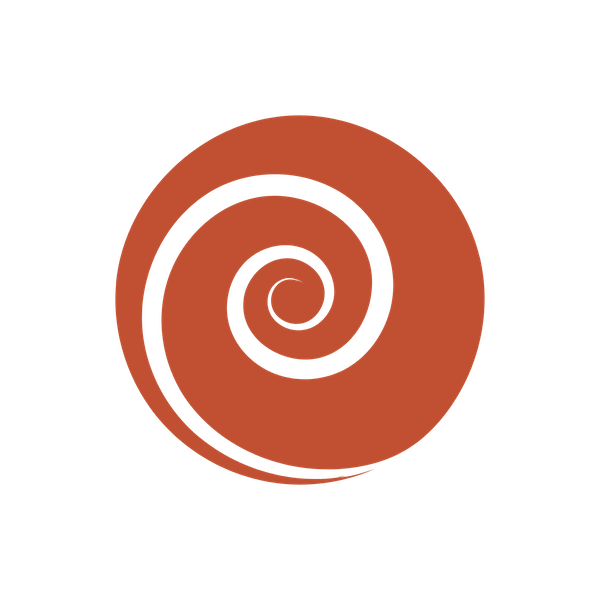Cortisone Shots: A Short-Term Fix with Potential Long-Term Risks?
As a healthcare professional specializing in treating sports injuries and musculoskeletal conditions through regenerative therapies, I frequently encounter questions about the role of cortisone shots. While they can offer temporary pain relief, I believe there are often better, long-term solutions available, particularly for those seeking a more natural and regenerative approach.
The Potential Drawbacks of Cortisone Shots
Recent research highlights several potential drawbacks to using cortisone shots:
Delayed Healing
Studies suggest that cortisone can suppress the body's natural healing process, potentially delaying recovery and increasing the risk of further injury.
Collagen Damage
A 2018 study published in "Osteoarthritis and Cartilage" revealed that cortisone can weaken and degrade collagen, the essential protein that provides structure and support to joints, tendons, and cartilage.
Worsening Existing Conditions
Long-term use of cortisone injections may accelerate the breakdown of tissues, worsening existing conditions like arthritis.
Temporary Relief
While initially offering pain relief, the effect of cortisone shots can wear off over time, leaving patients feeling worse in the long run.
Tendon and Cartilage Damage
Research suggests that cortisone injections can weaken and damage tendons and cartilage, increasing the risk of tendon rupture and worsening osteoarthritis.
Additional Considerations
Cortisone injections can mask the underlying cause of pain, delaying proper diagnosis and treatment.
There may be a psychological dependence on cortisone shots for pain relief, leading to overuse and further complications.
Cortisone injections can cause side effects like weight gain, mood swings, and insomnia.
A Holistic Approach to Pain Management
Instead of solely relying on cortisone shots, I advocate for a more holistic approach that addresses the root cause of the pain. This often involves a combination of:
Regenerative Therapies:
Platelet-Rich Plasma (PRP) Injections: I utilize ultrasound technology to precisely deliver PRP, a powerful concentration of your own healing platelets, directly to the injured area. These injections can stimulate tissue regeneration, reduce inflammation, and promote long-term pain relief.
Other Options: Depending on the individual case, other regenerative therapies like prolotherapy, A2M, or hyaluronic acid injections may also be considered.
Non-invasive Treatments:
Restoring Function: Strengthening exercises, flexibility training, and other physical therapy modalities are crucial for restoring function, preventing future injuries, and managing chronic pain.
Natural Inflammation Reduction: Eating a diet rich in fruits, vegetables, and omega-3 fatty acids can help reduce inflammation naturally.
Supporting Joint Health: Specific supplements, such as glucosamine, chondroitin, and turmeric, can support joint health and pain management.
Holistic Well-being: Maintaining a healthy weight, managing stress, and getting enough sleep can all contribute to improved pain control and overall well-being.
A Comprehensive Pain Management Plan
This plan may also include lifestyle modifications, such as quitting smoking and reducing alcohol consumption, mindfulness and stress management techniques like yoga or meditation, and cognitive-behavioral therapy to help manage pain perception and coping mechanisms.
Schedule a Consultation
If you're struggling with pain from a sports injury or musculoskeletal condition, I encourage you to schedule a consultation with me. We can discuss your specific situation and develop a personalized treatment plan that utilizes the latest regenerative therapies and non-surgical techniques to help you achieve optimal health and recovery.
Disclaimer: This information is intended for educational purposes only and should not be construed as medical advice. Please consult with a qualified healthcare professional for personalized guidance on managing your pain.
References:
